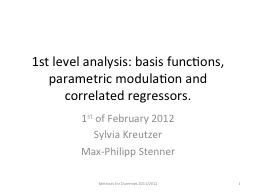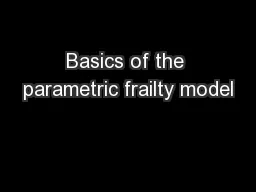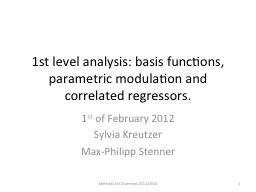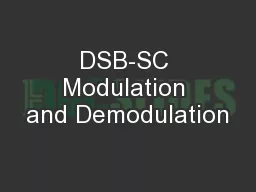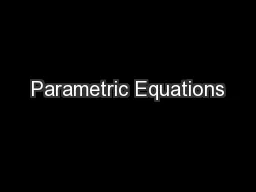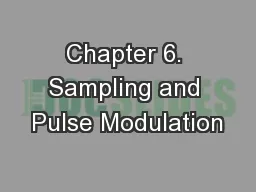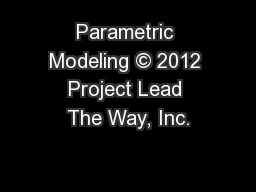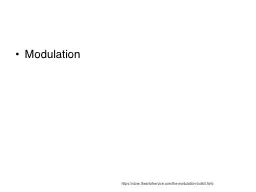PPT-1st level analysis: basis functions, parametric modulation
Author : luanne-stotts | Published Date : 2017-04-03
regressors 1 st of February 2012 Sylvia Kreutzer MaxPhilipp Stenner Methods for Dummies 20112012 1 First Level Analysis Data analysis with SPM Preprocessing of
Presentation Embed Code
Download Presentation
Download Presentation The PPT/PDF document "1st level analysis: basis functions, par..." is the property of its rightful owner. Permission is granted to download and print the materials on this website for personal, non-commercial use only, and to display it on your personal computer provided you do not modify the materials and that you retain all copyright notices contained in the materials. By downloading content from our website, you accept the terms of this agreement.
1st level analysis: basis functions, parametric modulation: Transcript
Download Rules Of Document
"1st level analysis: basis functions, parametric modulation"The content belongs to its owner. You may download and print it for personal use, without modification, and keep all copyright notices. By downloading, you agree to these terms.
Related Documents

